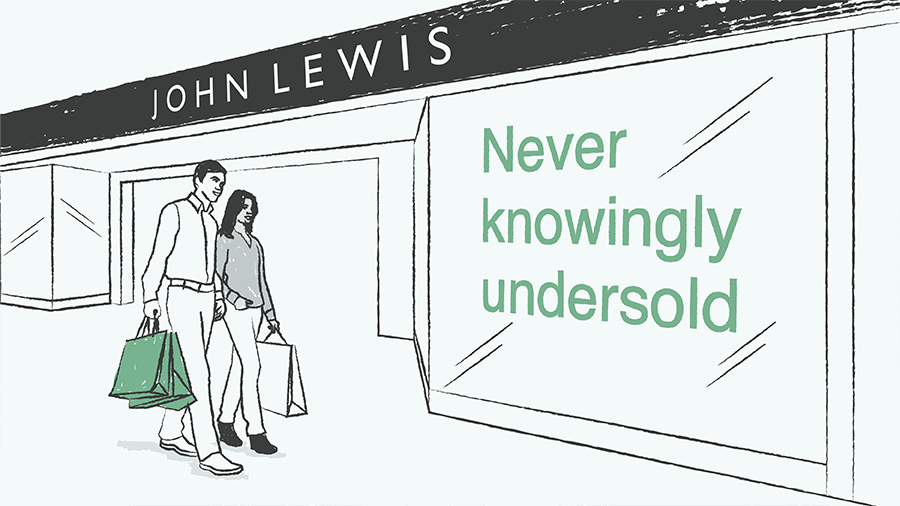 neuro
neuro
Employee disengagement is one of the most expensive and fundamental flaws businesses currently face, but it doesn’t have to be that way…
Sometimes the solutions to some of our biggest problems are staring us right in the face, but our innately human desire to make things more complex than they need to be often blinds us. Organisations are no different. They rely on structure to work efficiently, otherwise chaos would ensue. Within these structures are typically leaders in the form of managers and executives, and followers, those who do as their superiors demand and collect their salaries at the end of every month. It’s a simple system and simple systems are usually the best systems.
Such structures have fared relatively well in the industrial age, but now we’re no longer in the industrial age. We are in the dawn of an increasingly complex digital age that is changing the employment landscape dramatically. Jobs for life are extinct while jobs for more than even five years are decidedly rare. How we work in the digital age has changed beyond recognition, but the organisational structures that facilitate us all haven’t and that’s a problem. Why? Because employee disengagement is the biggest company killer there is, creating a long, slow bleed of apathy and eventual failure.
Using neuroscience for employee engagement
Katz Kiely, the award-winning digital engagement and transformation expert was on Radio 4 discussing this exact problem and had a lot of great insights on the subject. She opened her talk with a recounting of her first trip to the Burning Man Festival in the Nevada Desert in 2012 where she embarked on a week of inspiration with creative, generous people. Hooked, she returned the following year and while spending some time in the makeshift hospital there had something of an epiphany: all the doctors and nurses were unpaid volunteers and, most importantly, they were extremely happy. They said they had signed up to help people and their patients were grateful. Free from bureaucracy, they could get on with the job.
Kiely has spent her career pushing the limits of digital to build strong engaged communities, and despite years of experimentation to help complex organisations get into shape for the 21st century, one lesson sticks out: becoming digital isn’t about technology, it’s about behaving differently. What does she mean?
Organisational structures need to catch up
Kiely believes, rightly so, that today’s organisational systems are out of whack with the digital age and that it is vital that we begin to free our workforces from this outdated model. Globally, companies are losing over 6 trillion dollars every year, while trust in governments, brands and experts is at an all-time low. The reason is change. But change is good? Yes and no. Change that you initiate yourself is most certainly good, enervating and inspiring. But change forced upon you, change of which you have no say or opinion is ultimately destructive.

Lessons in neuroscience
The human brain’s two key states have hardly evolved since the beginning of mankind. One is the reward state which is social, collaborative, innovative, creative and resilient. The other is the threat state which we use to escape predators. When your life’s in danger, social cohesion is a little less important – it’s every man for himself! In this threat state, people typically make poor decisions. Because survival trumps social bondings, our brains have six times more neural pathways associated with the threat state. We now understand that when we are blindsided by change on which we were not consulted, the threat state kicks in, causing stress and anxiety, sometimes anger and almost always resentment. Think about a time when your company implemented a change that directly affected you and which you had no say in. Your immediate response was likely to push back. Importantly for organisations, the stress these types of enforced changes create is contagious – we’re herd animals after all. Over time, this type of behaviour leads to a chronically disengaged and more resistant workforce.
Gallup, the pollsters, recently found that less than one third of the worldwide workforce is engaged with their jobs. The most engaged are the decision makers. To put that in perspective, of the FTSE 500 alone, that would suggest that 32 million people are spending the majority of their time doing something they really don’t care about. That is terrible for business and terrible for people. So what should be done?
Kiely offers a pragmatic solution via what we know about how the human brain works. In order to trigger the reward state rather than the threat state, businesses should focus on fostering the following:
- Empathy – if people feel understood and cared for they feel calm and make better decisions
- Certainty/transparency – if we know what’s coming we’re better able to deal with it
- Respect – we all like to have a voice and know it is being listened to
- Autonomy – we shine when we’re trusted to get on with it, not micromanaged
- Fairness – if we understand the reasons for decisions then we are more likely to comply with them
- Connectedness – we’re human and like to feel connected working together on a shared purpose
For the most part, the current system is diametrically opposed to these principles. Businesses are actively discouraging people to be their best selves. So imagine a structure where people are encouraged to be as good and creative as they can be, where they are encouraged to engage and question and critique management, where they are kept informed of executive decisions, where data is available to all so that everyone can have a say in how the business moves forward. These types of structures do already exist in companies such as Google, 3M, Facebook and Zappos, some of the most successful organisations there are.
The irony is that in order to facilitate this ‘bottom-up’ approach to company restructuring and culture shift, change must come from the top. Only dynamic and bold executive appointments can inject the type of energy and forward-thinking needed to shift from an authoritarian top-down approach to a more inclusive, wholesome and ultimately engaged workforce.
If you’re looking to restructure your team why not get in touch to hear how we can help?
















